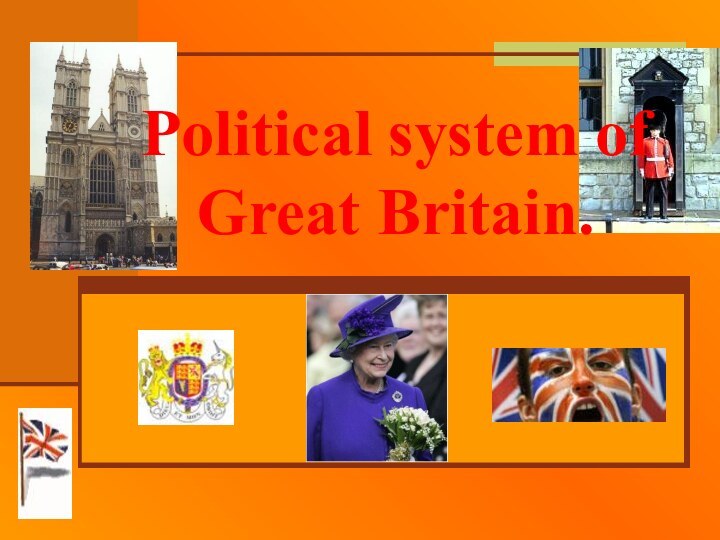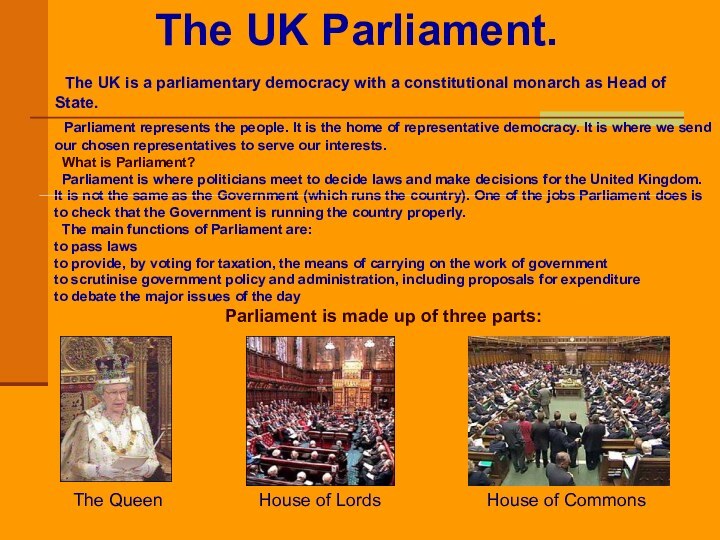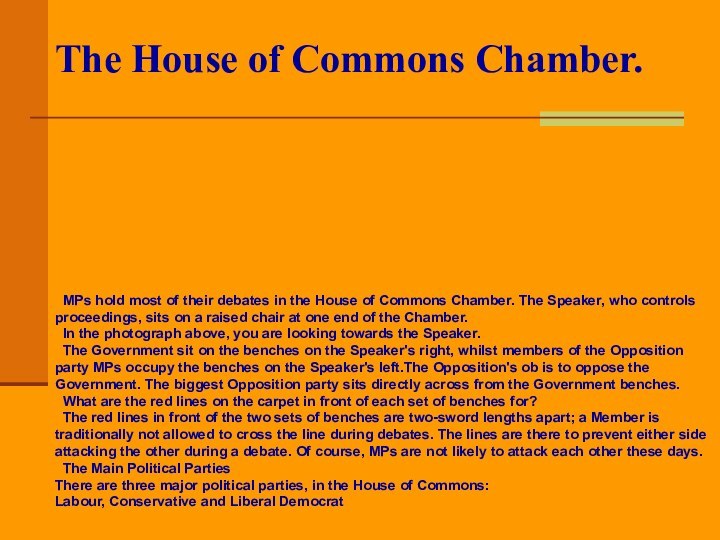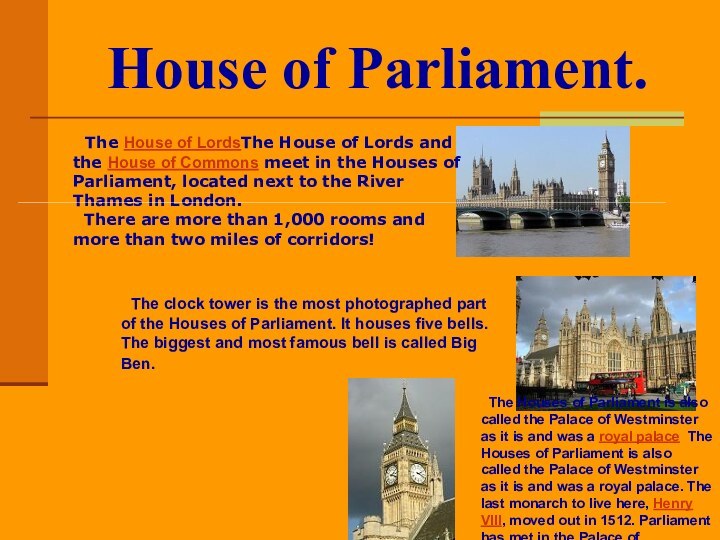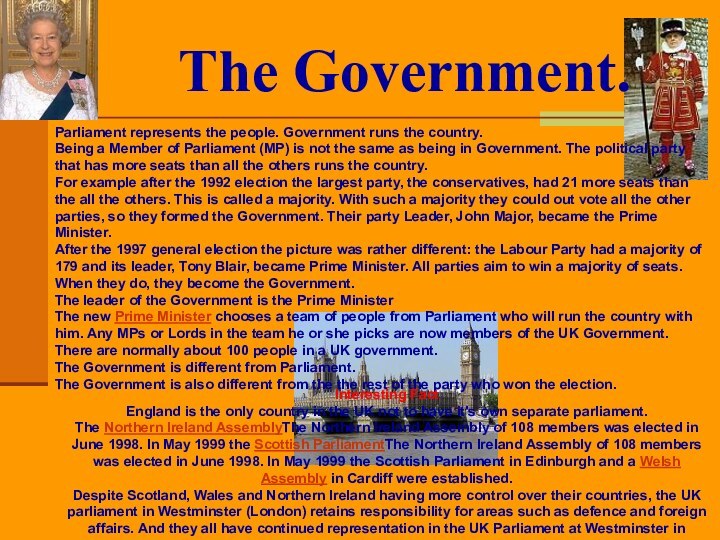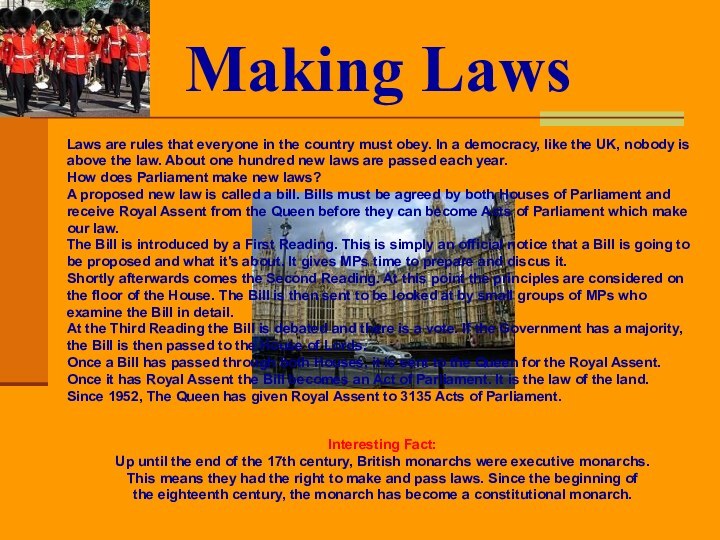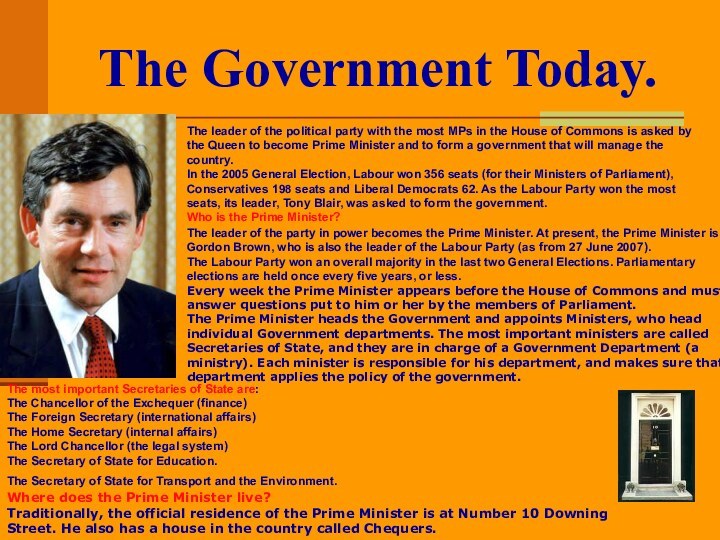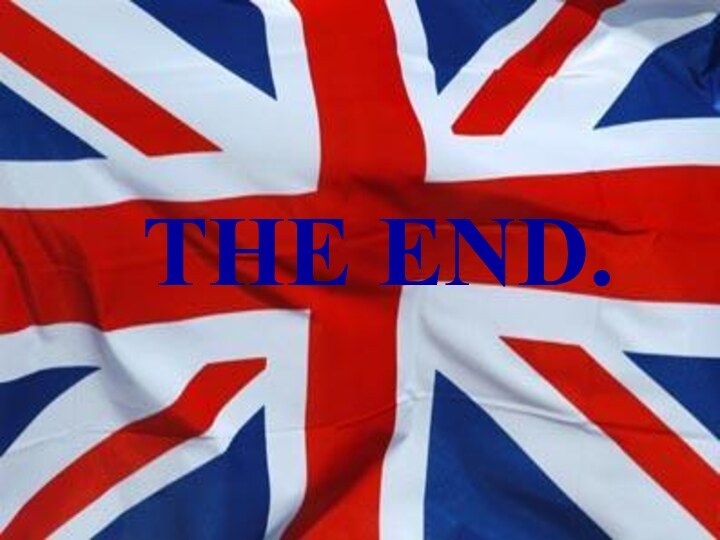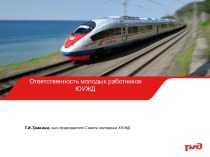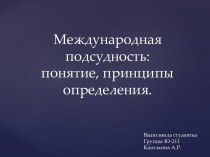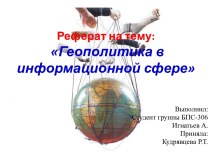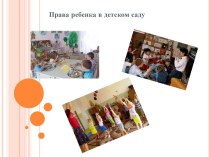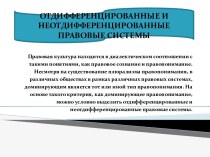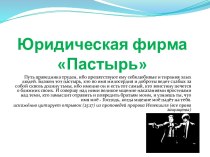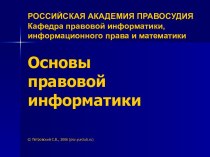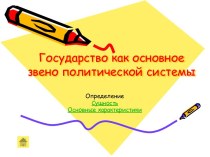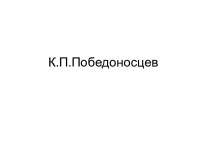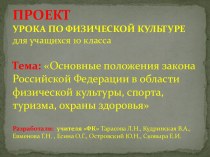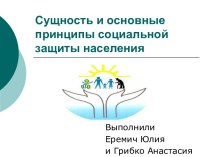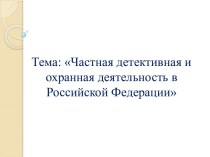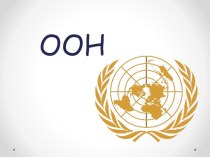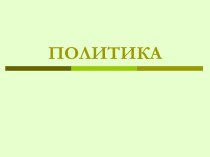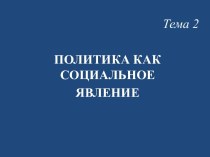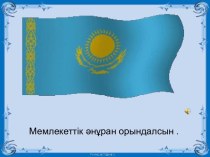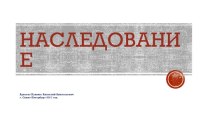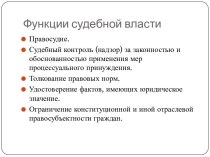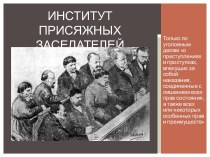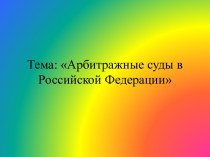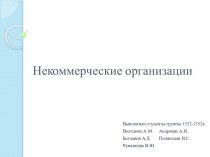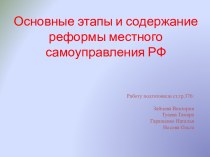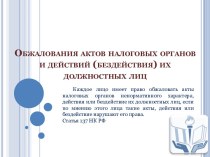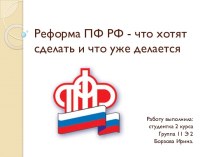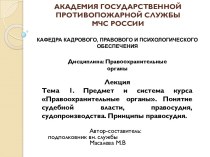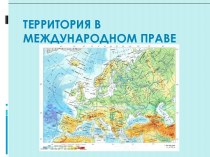runs the country.
Being a Member of Parliament (MP)
is not the same as being in Government. The political party that has more seats than all the others runs the country.
For example after the 1992 election the largest party, the conservatives, had 21 more seats than the all the others. This is called a majority. With such a majority they could out vote all the other parties, so they formed the Government. Their party Leader, John Major, became the Prime Minister.
After the 1997 general election the picture was rather different: the Labour Party had a majority of 179 and its leader, Tony Blair, became Prime Minister. All parties aim to win a majority of seats. When they do, they become the Government.
The leader of the Government is the Prime Minister
The new Prime Minister chooses a team of people from Parliament who will run the country with him. Any MPs or Lords in the team he or she picks are now members of the UK Government.
There are normally about 100 people in a UK government.
The Government is different from Parliament.
The Government is also different from the the rest of the party who won the election.
Interesting Fact
England is the only country in the UK not to have it's own separate parliament.
The Northern Ireland AssemblyThe Northern Ireland Assembly of 108 members was elected in June 1998. In May 1999 the Scottish ParliamentThe Northern Ireland Assembly of 108 members was elected in June 1998. In May 1999 the Scottish Parliament in Edinburgh and a Welsh Assembly in Cardiff were established.
Despite Scotland, Wales and Northern Ireland having more control over their countries, the UK parliament in Westminster (London) retains responsibility for areas such as defence and foreign affairs. And they all have continued representation in the UK Parliament at Westminster in London.
